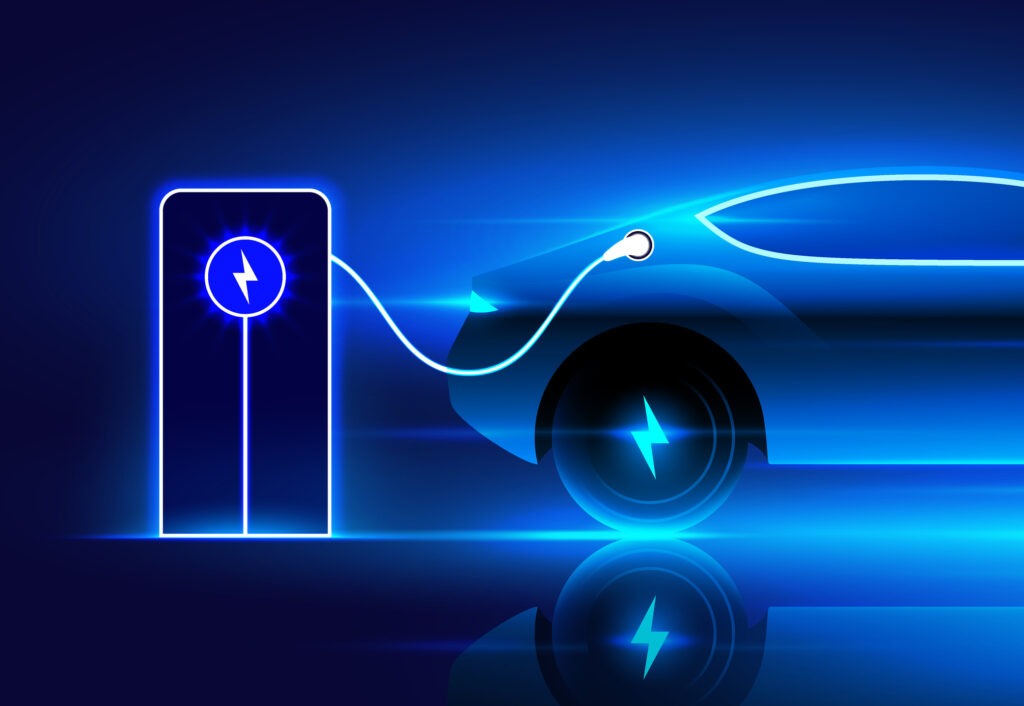Which EV markets and models have performed strongest so far in 2024?
05 September 2024

Which electric vehicle (EV) markets enjoyed the greatest success in the first half of 2024? José Pontes, data director at EV Volumes, explores the different performances with Autovista24 editor Tom Geggus.
In terms of new EV volumes, no market was able to pull ahead of China. In the first six months of 2024, the country recorded nearly 4.3 million plug-in deliveries. This meant that battery-electric vehicles (BEVs) and plug-in hybrids (PHEVs) made up 43% of the market. BEVs alone made up 25% of sales in this period.
The BYD Song led the country’s EV market in the first half with over 292,000 registrations. However, internal competition could harm the model’s delivery figures moving forward. This success is indicative of a much wider victory for the OEM, which almost made up a third of the country’s EV market between January and June.
Overall, plug-in models look set to capture nearly half of the country’s new-car market by the end of this year. Following current rates of growth, EVs could make up the majority of the new-car market next year.
Tesla leads Europe and North America
Europe recorded over 1.4 million new EV deliveries in the first half of 2024. The sudden removal of subsidies, particularly in Germany put the market into neutral. However, the region’s plug-in share sat at 21%. BEVs made up just under 14% of registrations independently, while PHEVs seemed to struggle more with local headwinds.
The Tesla Model Y has driven Europe’s EV market so far this year. While the crossover did record over 100,000 deliveries between January and June, this was down 26% year on year. Yet, the model still recorded nearly double the volume of the Tesla Model 3 which finished in second.
The Tesla Model Y also performed well in North America with some 188,000 registrations. This is particularly impressive given the market preference for large SUVs. Tesla was the EV market’s leading OEM as well, making up 37% of plug-in deliveries.
Overall, the North American market recorded some 824,000 electric vehicle registrations in the first six months of 2024. This equates to a 12% year-on-year increase. EVs claimed a 9% market share, with BEVs making up 7%.
Varying EV success
Japan recorded a sizeable volume of 67,000 EV deliveries in the first half of 2024. Despite this, plug-in models still struggled to gain traction in the country. Volumes fell by 10% year on year as the EV market share hovered at around 3%. The Nissan Sakura led BEV registrations, while the Toyota Crown Sport Crossover commanded the PHEV segment.
The South Korean EV market saw a mixed first half of 2024. With 59,000 plug-in units hitting the roads, the country saw a 5% growth in deliveries as EVs took a 7% market share. The Tesla Model Y took the title of best-selling EV in the country, despite the local competition.
In Australia, plug-ins recorded growth of 23% in the first half with 58,000 deliveries. This translated to EVs claiming an 8% share of the market. Tesla also enjoyed a positive result in the country. The Model Y took first place, while the Model 3 finished second.
Triple-digit growth
While some markets have seen plug-in growth stagnate or even slide backwards, countries like Brazil have recorded triple-digit growth. With 51,000 registrations, the country saw deliveries jump by 252% compared to the same point last year.
Given the size of Brazil’s market, this equates to an EV market share of 5%. However, this still exceeds countries like Japan. In terms of models, BYD claimed the entire podium in the first half. The Dolphin took first, second went to the Dolphin Mini, also known as the Seagull, while the Song finished third.
India recorded some 46,000 EV deliveries in the first half of 2024. This equated to growth of 17% and a plug-in share of 2%. The country will need to step up its game significantly if it wants to meet its electrification targets. Tata was the best-selling EV brand in the country, as its small crossover, the Nexon, led the market.
With 41,000 EV registrations, Thailand’s plug-in market recorded growth of 5% in the first half of 2024. This followed a surge in deliveries during the same point last year, when 89,000 units hit the roads, up 327% year on year. However, the market could soon see electrification accelerate again.
The local BYD factory has now started production, and six other Chinese OEMs are either starting local manufacturing or launching locally-made EVs. The likes of BMW and Hyundai Motor Company are also investing heavily in the region. BYD collected another best-seller trophy in Thailand, with the Dolphin taking the lead.
Israel saw its overall market fall by 11% in the first half while its EV market dipped by 4%. So, with 37,000 registrations, plug-in models took a 24% share of the country’s wider market. The BYD Atto 3, also known as the Yuan Plus, was the country’s most popular EV.
Small markets with big potential
As one of several markets with big potential, Turkey saw EV deliveries increase by 162% in the first half of 2024 with 34,000 registrations. This was mostly thanks to the local Togg T10X.
As another rapidly growing market, the United Arab Emirates recorded plug-in growth of 146%, with volumes climbing to 12,000 units. Tesla looks set to excel in the region, currently controlling a third of the market.
Another country to see a triple-digit increase was Malaysia. The market recorded 12,000 deliveries, up 167% year on year, promising significant electrification potential. Here, BYD is looking to surpass Tesla as the market’s leading brand.
Indonesia saw a similarly promising pattern of growth. Sales were up 163% year on year, as 16,000 EVs took to the roads. Chinese brands enjoy a good reception in the country, with Wuling outpacing BYD.
Russia recorded 17,000 EV deliveries in the first six months of 2024, translating to a 2% market share. This significant new trend has significantly benefited Li Auto, alongside other Chinese brands.
A Latin American leader
Mexico is another market in the electric fast lane, making it a leader in Latin America in terms of volume and share. With registrations surging, EVs represented 2.5% of deliveries. BYD, Tesla and Volvo are helping drive this plug-in progress.
EV volumes increased by 39% in Taiwan in the first half. While this pales in comparison to other nearby markets, plug-in vehicles already account for 10% of deliveries in the country. Tesla is continuing to hold on to the local lead here.
Amid so much positivity, New Zealand produced a cautionary tale in the first half. The market saw registration figures fall by 75% to 3,400 units in the same period this year. This means volumes returned to their 2021 levels.
EV purchase incentives look to be behind this fluctuating phenomenon. The ‘Clean Car Discount’ became available in 2022 and was then withdrawn at the end of 2023, coinciding with the booming period of the local EV market. This was followed by deliveries declining rapidly this year.
As in Germany, and previously the Netherlands, the importance of stable EV policies is apparent. Without stability, markets travel through an irregular growth cycle which reflects negatively on EVs.



